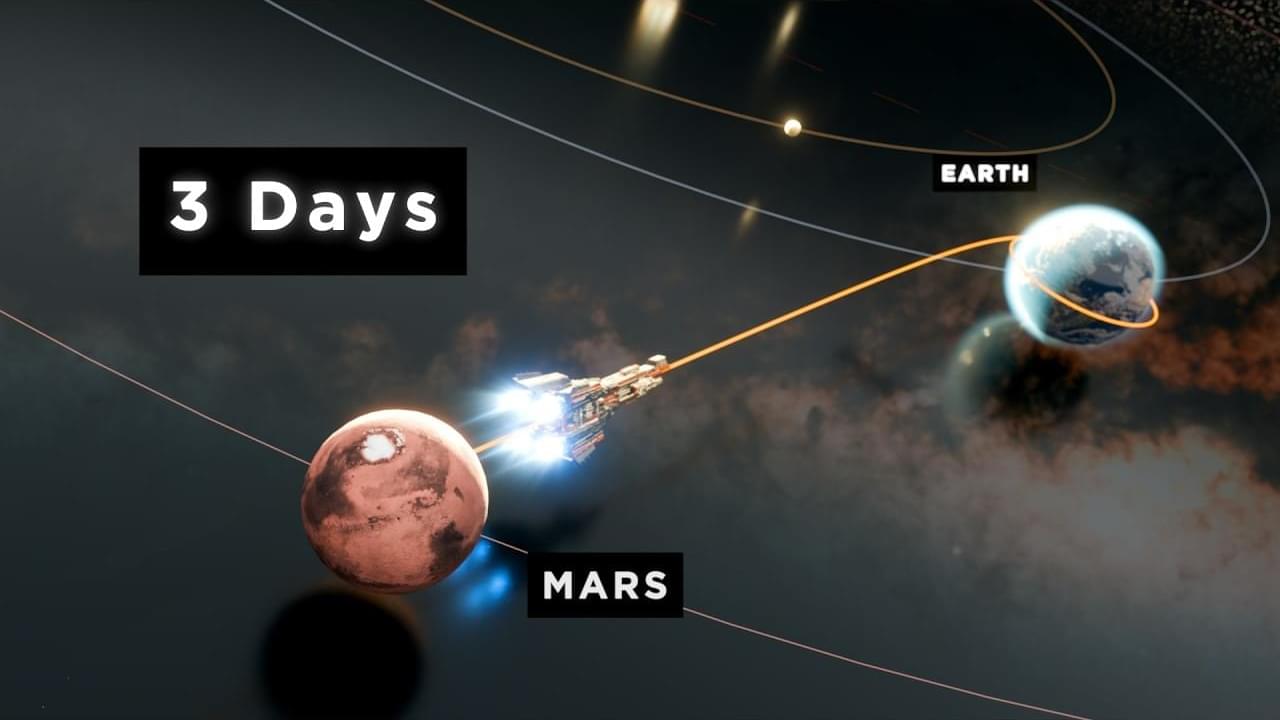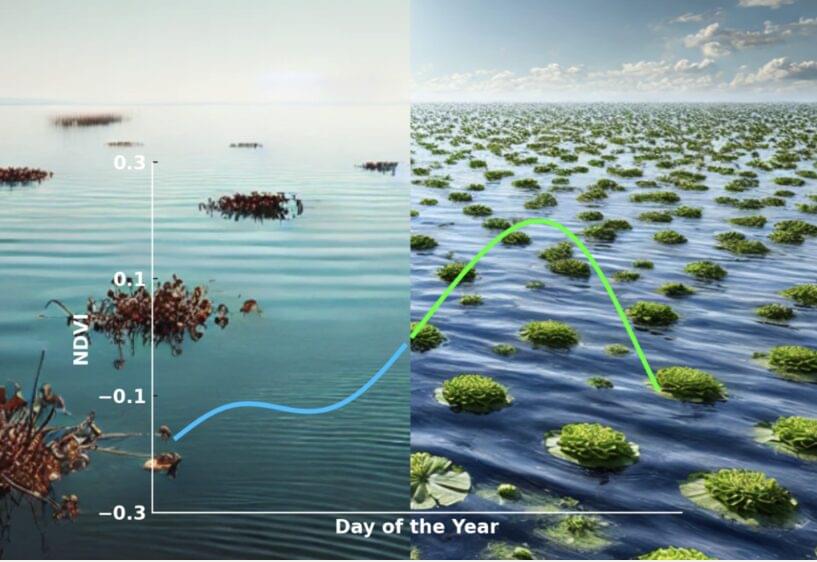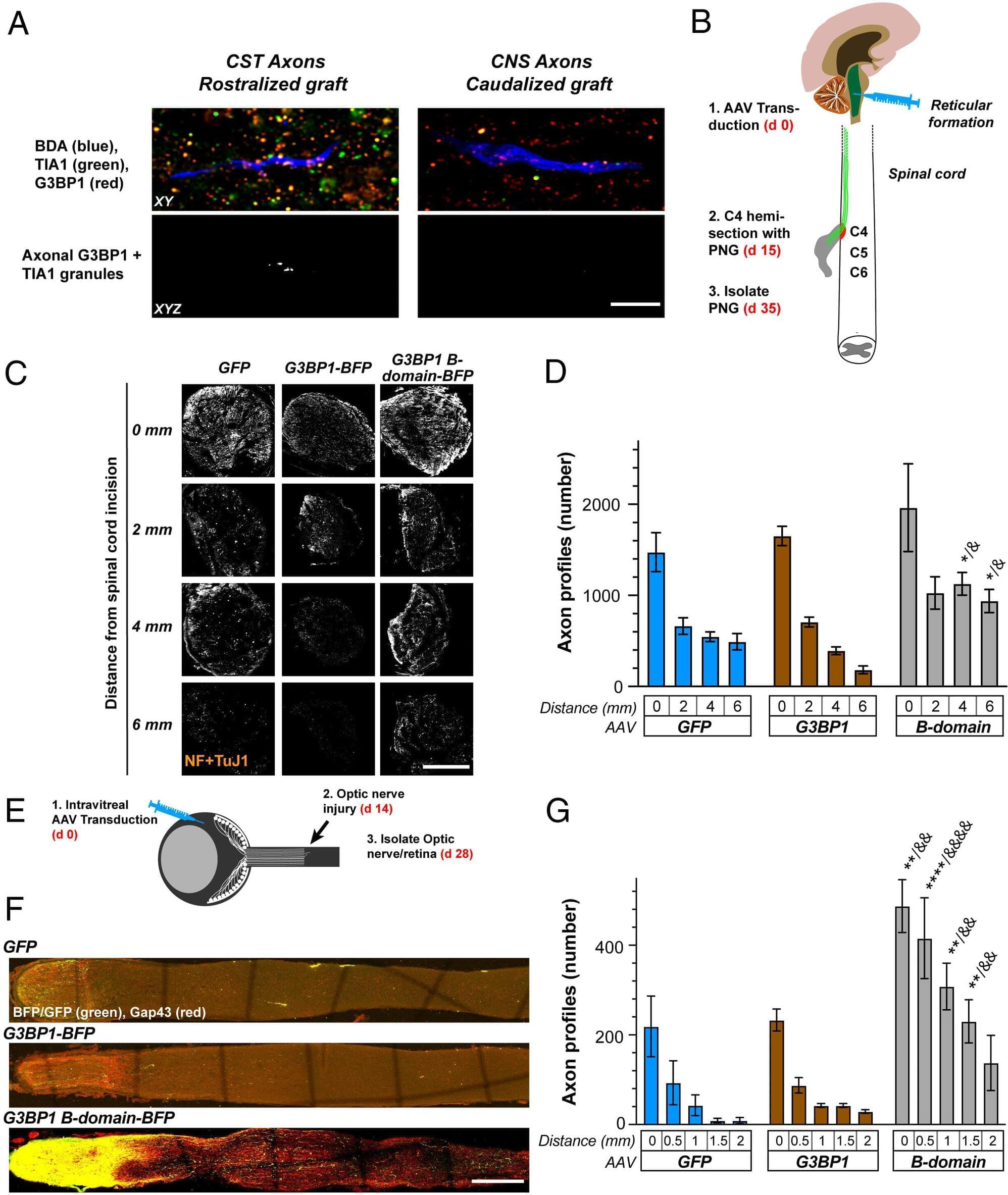Sponsored by World of Warships! Follow this link https://wo.ws/40Q4JZz and use the code IMPACTFORCE to get a cool starter pack! For new players only.
▀▀▀▀▀▀▀▀▀▀▀▀▀▀▀▀▀▀▀▀▀▀▀▀▀▀
DELTA-V Calculators: https://www.overvieweffekt.com/tools/brachistochrone-rocket-calculator.
Thanks to for the Mass Effect music. Check it out and his channel here:
https://www.youtube.com/watch?v=57-xIuu4Vvw.
REFERENCES
https://www.projectrho.com/public_html/rocket/enginelist3.ph…ein_Drive_)
https://www.projectrho.com/public_html/rocket/torchships.php#brachistochrone.
▀▀▀▀▀▀▀▀▀▀▀▀▀▀▀▀▀▀▀▀▀▀▀▀▀▀
ATTRIBUTION
“SpaceX Starship Ship 24 & Booster 7 V4” (https://skfb.ly/oD9TL) by Clarence365 is licensed under Creative Commons Attribution (http://creativecommons.org/licenses/by/4.0/).
“MCRN Tachi \[Expanse TV Show]” (https://skfb.ly/o6JGy) by Jakub. Vildomec is licensed under Creative Commons Attribution.
“Saturn” (https://skfb.ly/orVqA) by NestaEric is licensed under Creative Commons Attribution (http://creativecommons.org/licenses/by/4.0/).
“MCRN Donnager (The Expanse)” (https://skfb.ly/6XU7L) by Chris Kun.
“Epstein’s Yacht (The Expanse)” (https://skfb.ly/6XTu7) by Chris Kun.
▀▀▀▀▀▀▀▀▀▀▀▀▀▀▀▀▀▀▀▀▀▀▀▀▀▀









